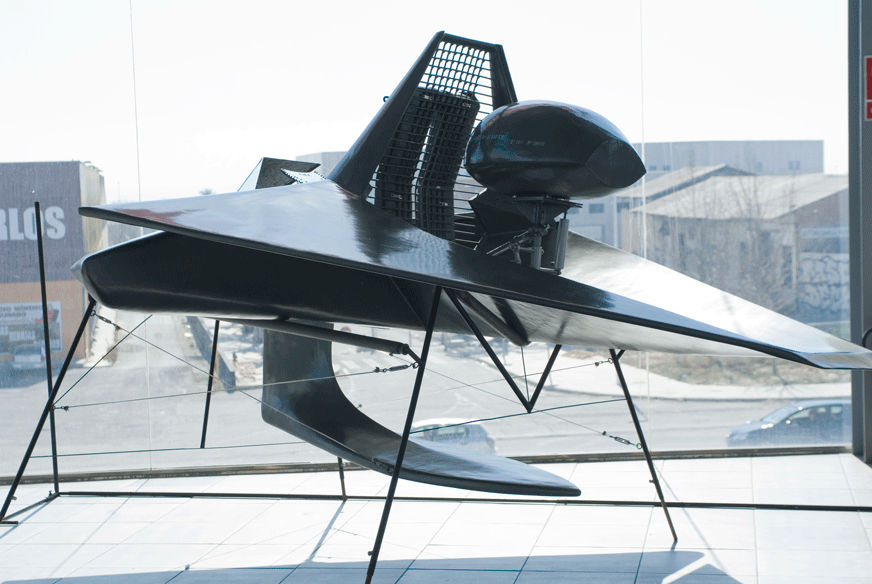“Whilst all agreed that this is the most innovative marine craft [...].
The vehicles are conceived, based on very healthy flow mechanisms by which vehicles are created with various extraordinary qualities and high integrity of the design [...]. We also refer to a report by Ghent University, which acted as consultants on flow theory on the whole, their report confirms our views [...].”
(Ir. Jef Vandenhout, L M.S. Louvain, Belgium)



